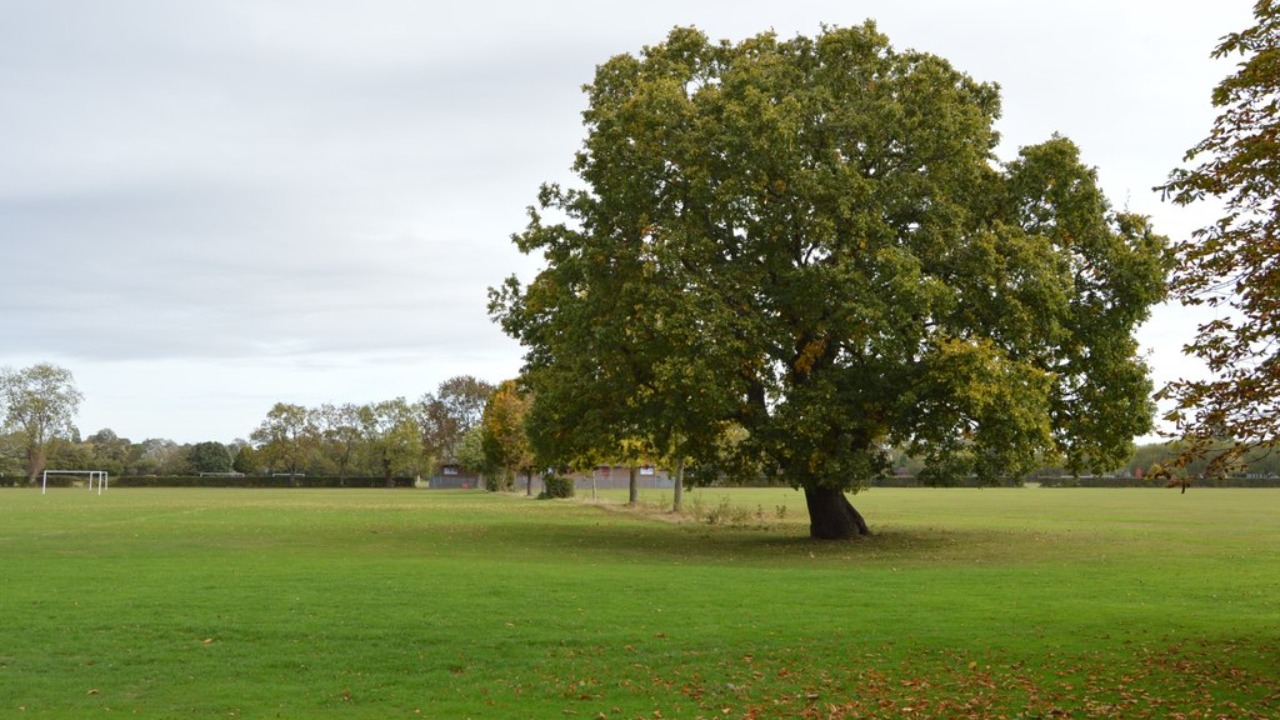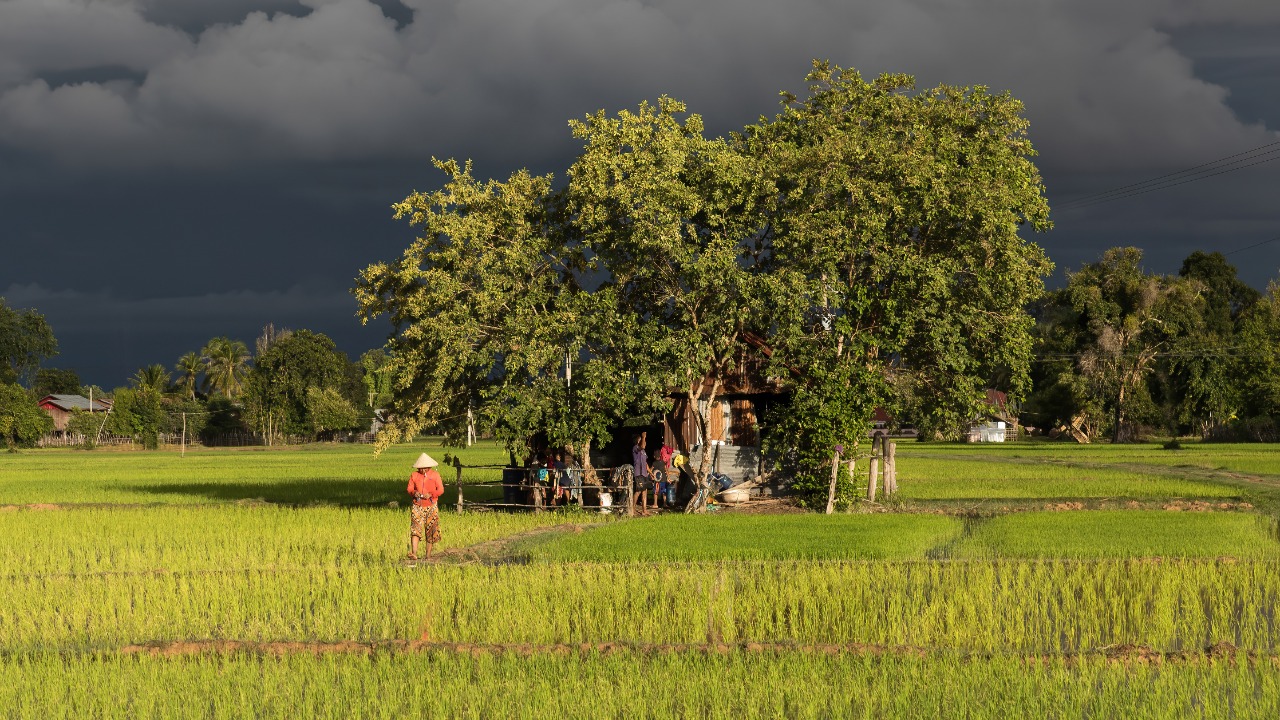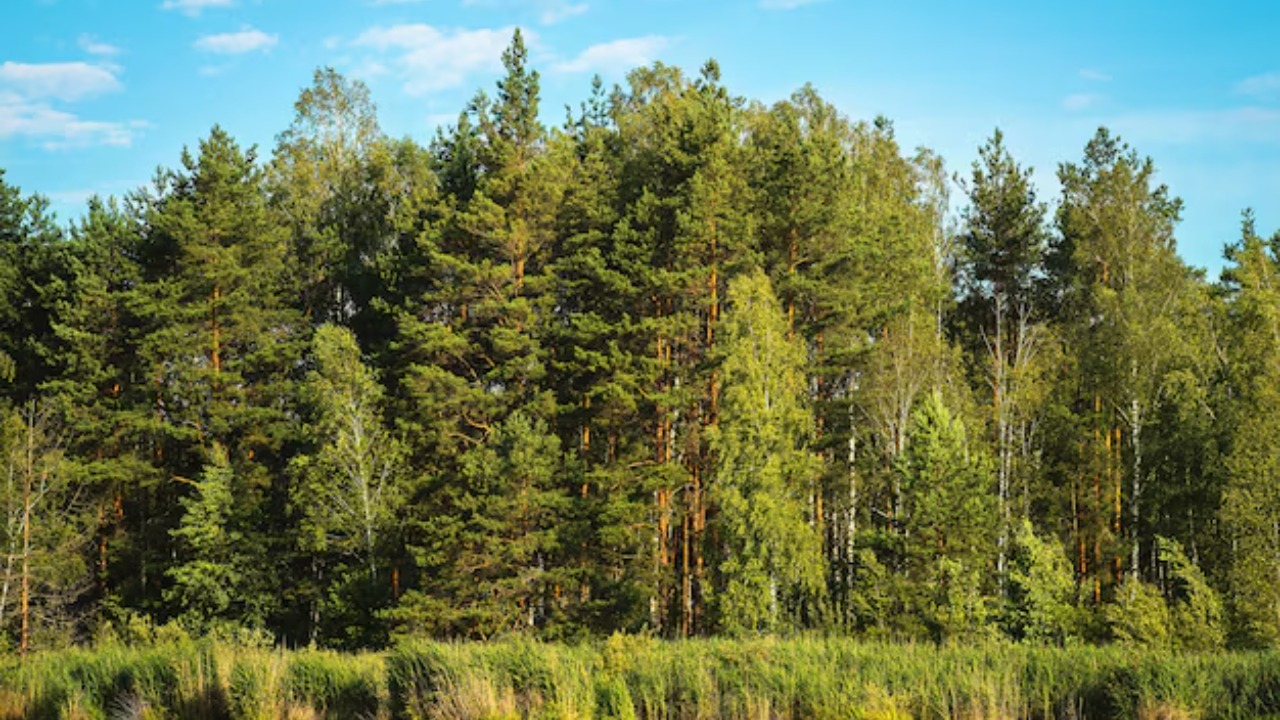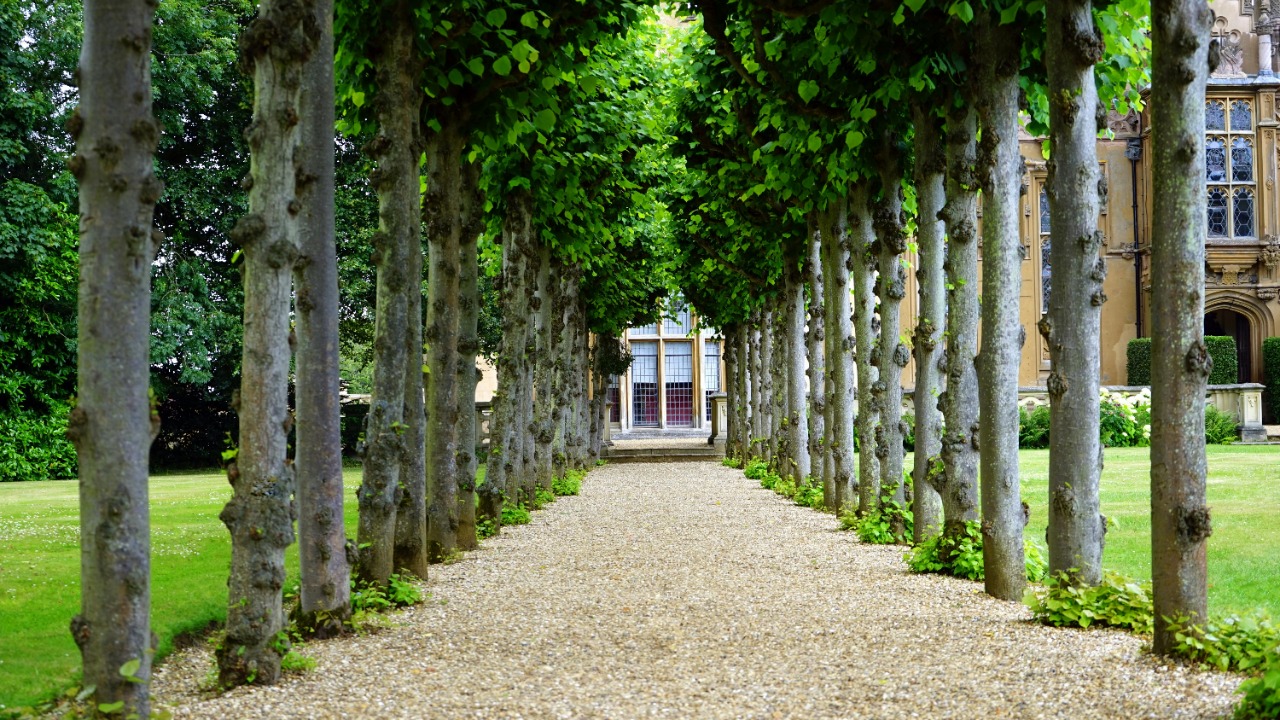
As global temperatures rise and urban areas expand, finding sustainable cooling solutions is increasingly urgent. Surprisingly, a single tree can provide cooling benefits equivalent to about eight air conditioning units. This phenomenon has profound implications for urban planning and environmental conservation.
The Science Behind Trees and Cooling

Transpiration and Evaporation
Trees are natural air conditioners, primarily due to the processes of transpiration and evaporation. Through transpiration, trees release moisture into the air, which absorbs heat and cools the surrounding environment. This process is similar to how sweat cools the human body. According to research by the USDA, this moisture release significantly regulates temperature, making trees a vital component in climate control.
Moreover, evaporation from tree surfaces further contributes to cooling. The dual effect of these processes can create a microclimate that feels significantly cooler than unshaded areas, offering a natural reprieve from the heat.
Shade and Temperature Regulation
Beyond moisture release, tree canopies provide crucial shade that reduces both surface and air temperatures. A study published in Nature highlights the stark temperature differences between shaded and unshaded areas. The shade not only cools the ground but also prevents heat absorption by buildings and pavements, thereby reducing the overall temperature of urban environments.
This natural shade is particularly effective in lowering temperatures during peak heat hours, making urban areas more comfortable and reducing the reliance on artificial cooling systems.
Comparing Trees to Air Conditioning Units

Energy Consumption and Efficiency
When it comes to energy efficiency, trees outperform artificial cooling systems by a significant margin. Unlike air conditioning units that consume substantial electricity, trees operate on solar energy, making them a sustainable option. Data from the Tucson Sentinel illustrates the energy savings that trees can offer, highlighting their potential to reduce energy consumption in urban areas.
Beyond energy savings, trees contribute to a reduction in greenhouse gas emissions, as they do not rely on electricity generated from fossil fuels. This makes them an environmentally friendly alternative to traditional cooling methods.
Impact on Urban Heat Islands
Urban heat islands, characterized by significantly higher temperatures than surrounding areas, are a growing concern in expanding cities. Trees offer a natural solution to this problem by effectively mitigating heat through shading and transpiration. Demonstrations on YouTube showcase how strategic tree planting can lead to noticeable temperature variations in urban settings.
By integrating trees into urban landscapes, cities can combat the heat island effect more effectively than relying solely on air conditioning units, which do not address the root causes of increased urban temperatures.
Environmental and Economic Benefits

Carbon Sequestration
In addition to cooling the air, trees play a crucial role in carbon sequestration, helping to mitigate climate change. Through the process of photosynthesis, trees absorb carbon dioxide, storing it as carbon within their biomass. USDA research emphasizes the significant amount of carbon storage that trees provide, further underscoring their environmental benefits.
This dual role of cooling and carbon sequestration makes trees indispensable in efforts to address global warming and reduce carbon footprints in urban areas.
Cost-Effectiveness
From an economic perspective, trees are a cost-effective alternative to air conditioning units. While the initial investment in planting trees may be comparable to installing AC units, the long-term savings in energy costs and maintenance are substantial. The Tucson Sentinel report highlights these economic benefits, arguing for increased tree coverage in urban planning.
Furthermore, trees increase property values and improve the overall quality of life, offering returns on investment that extend beyond mere cooling.
Challenges and Considerations

Space and Urban Planning
Despite their benefits, integrating sufficient tree coverage in densely populated urban areas presents challenges. Space constraints and existing infrastructure can limit opportunities for planting. However, innovative urban planning strategies, as discussed in the Nature article, offer potential solutions to these limitations.
By prioritizing green spaces and incorporating vertical gardens and rooftop trees, cities can overcome these challenges and maximize the cooling potential of trees.
Maintenance and Species Selection
The effectiveness of urban trees in providing cooling benefits depends greatly on species selection and maintenance. Not all tree species offer the same level of cooling, and some may require more resources to maintain. USDA guidelines stress the importance of selecting appropriate species that are well-suited to local climates and conditions.
Regular maintenance, including pruning and watering, is essential to ensure trees remain healthy and continue to provide their full range of benefits.
Future Implications for Sustainable Cities

Integrating Nature-Based Solutions
As cities evolve, integrating more nature-based solutions is crucial for creating sustainable urban environments. Innovative urban greening projects, such as those featured in the YouTube video, demonstrate the potential of incorporating green infrastructure to enhance urban cooling and reduce reliance on artificial systems.
Urban planners have the opportunity to reimagine cityscapes by prioritizing natural elements, creating healthier and more sustainable living spaces.
Policy and Community Engagement
The expansion of urban tree coverage requires supportive policies and active community engagement. Successful case studies from the Tucson Sentinel report highlight the role of community-led greening initiatives in achieving these goals.
Through collaboration between policymakers, urban planners, and local communities, cities can harness the full potential of trees to combat rising temperatures and create more livable urban environments.